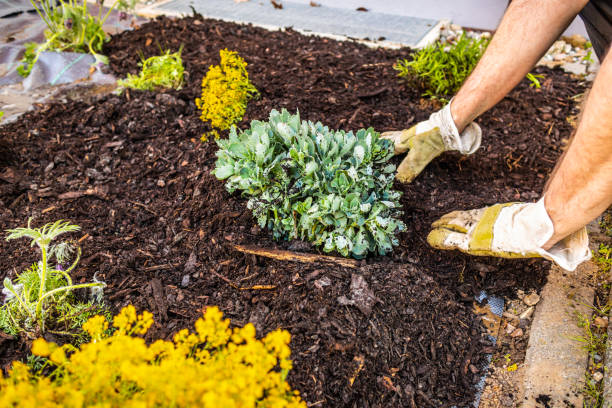
Best Plant Combinations for a Vibrant and Low-Maintenance Landscape Aug 23, 2025
When planning your landscaping project, native plants should be a primary consideration. Native species are well adapted to the local climate and soil conditions, making them less likely to require constant care. Additionally, they provide habitat for local wildlife, promoting biodiversity. Consider combining native grasses like switchgrass with colorful wildflowers such as black-eyed Susans. This combination not only offers a striking visual with contrasting textures and colors but also thrives with minimal watering and maintenance.
For those seeking year-round color, evergreen shrubs paired with seasonal perennials create a dynamic and long-lasting display. Consider using evergreen junipers or boxwoods as a backdrop, complemented by perennials like daylilies or coneflowers. This arrangement ensures that your garden will have structure and color throughout the year, with the evergreens providing a constant green presence and the perennials adding vibrant blooms during their flowering season.
Incorporating drought-tolerant plants into your landscape is another excellent strategy for reducing maintenance. Succulents and cacti are perfect examples, thriving in direct sunlight while requiring very little water. Pair these with silver-themed plants such as lavender or artemisia. Not only do these plants withstand arid conditions, but they also create a visually cohesive garden with interesting textures and soothing colors.
For a lush, tropical feel without the effort, combine hardy banana trees with elephant ears and hostas. These plants favor shaded areas and can transform a mundane corner into a verdant paradise. The large, dramatic leaves create a sense of lushness and provide natural privacy. Even better, these plants require little more than occasional watering, making them ideal for busy homeowners.
Adding a splash of texture by incorporating ornamental grasses into your design can also result in a low-maintenance yet stunning landscape. Pair soft, flowing varieties like fountain grass with the stiff, upright form of lavender or Russian sage. This combination not only looks striking but also attracts pollinators, enhancing the ecological value of your garden. These plants are resilient and generally only need occasional trimming to maintain their form.
Finally, no landscape is complete without ground cover plants which help prevent weed growth and reduce the need for frequent watering. Creeping thyme, with its fragrant foliage and pretty purple flowers, is an excellent ground cover option. It thrives in dry conditions and pairs beautifully with taller plants, such as salvias or ornamental onions, to create layers of color and fragrance.
Incorporating these plant combinations into your Bakers Landscape & Design project ensures a garden that is not only beautiful but also easy to care for. By focusing on native, drought-tolerant, and complementary plant pairings, you can create an outdoor space that enhances your home and requires minimal upkeep. Whether you’re aiming for bright bursts of color or a serene green haven, these combinations offer dynamic solutions for every garden. Embrace the beauty of nature with a landscape tailored to thrive with minimal intervention, making your outdoor space a true extension of your home.
/filters:no_upscale()/media/2f93dcc7-d37a-4f31-a0e7-53f5e729685c.jpeg)
/filters:no_upscale()/filters:format(webp)/media/8f2c8720-368a-4394-b25d-7965b29ea9d8.jpeg)